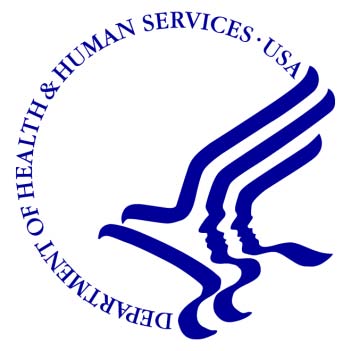
What You Should Know:
– The U.S. Department of Health and Human Services (HHS) has announced a significant restructuring initiative, undertaken in accordance with President Trump’s Executive Order, “Implementing the President’s ‘Department of Government Efficiency’ Workforce Optimization Initiative.”
– The restructuring will result in an estimated $1.8B in annual savings through a reduction in the workforce by approximately 10,000 full-time employees. Combined with other HHS efforts, this will lead to a total downsizing from 82,000 to 62,000 full-time employees.
– The current 28 divisions of the HHS will be consolidated into 15 new divisions to eliminate redundant units. This includes the creation of a new Administration for a Healthy America (AHA) and the centralization of core functions like Human Resources, Information Technology, Procurement, External Affairs, and Policy. Regional offices will also be reduced from 10 to 5.
Specific Restructuring Plans
The overhaul seeks to make the HHS more responsive and efficient, while ensuring that essential health services like Medicare and Medicaid remain intact. It also will reflect a new HHS priority: addressing America’s epidemic of chronic illness by focusing on safe, wholesome food, clean water, and the elimination of environmental toxins.
Here are the key components of the HHS restructuring plan:
- Creation of the Administration for a Healthy America (AHA): This new unified entity will combine multiple agencies:
- Office of the Assistant Secretary for Health (OASH)
- Health Resources and Services Administration (HRSA)
- Substance Abuse and Mental Health Services Administration (SAMHSA)
- Agency for Toxic Substances and Disease Registry (ATSDR)
- National Institute for Occupational Safety and Health (NIOSH)
- This centralization is intended to improve coordination of health resources for low-income Americans and focus on areas such as Primary Care, Maternal and Child Health, Mental Health, Environmental Health, HIV/AIDS, and Workforce development. Transferring SAMHSA to AHA aims to increase operational efficiency and improve program implementation.
- Strengthening the Centers for Disease Control and Prevention (CDC): The Administration for Strategic Preparedness and Response (ASPR), responsible for national disaster and public health emergency response, will transfer to the CDC, reinforcing its core mission to protect Americans from health threats.
- New Assistant Secretary for Enforcement: HHS will create a new Assistant Secretary for Enforcement to oversee the Departmental Appeals Board (DAB), Office of Medicare Hearings and Appeals (OMHA), and Office for Civil Rights (OCR) to combat waste, fraud, and abuse in federal health programs.
- Research and Evaluation for Health Policy: HHS will merge the Assistant Secretary for Planning and Evaluation (ASPE) with the Agency for Healthcare Research and Quality (AHRQ) to create the Office of Strategy to enhance research that informs the Secretary’s policies and improve the effectiveness of federal health programs.
- Reorganization of the Administration for Community Living (ACL): Programs that support older adults and people with disabilities will be integrated into other HHS agencies, including the Administration for Children and Families (ACF), ASPE, and the Centers for Medicare and Medicaid Services (CMS).
This reorganization will not impact Medicare and Medicaid services.
“We aren’t just reducing bureaucratic sprawl. We are realigning the organization with its core mission and our new priorities in reversing the chronic disease epidemic,” HHS Secretary Robert F. Kennedy, Jr. said. “This Department will do more – a lot more – at a lower cost to the taxpayer.”

